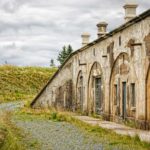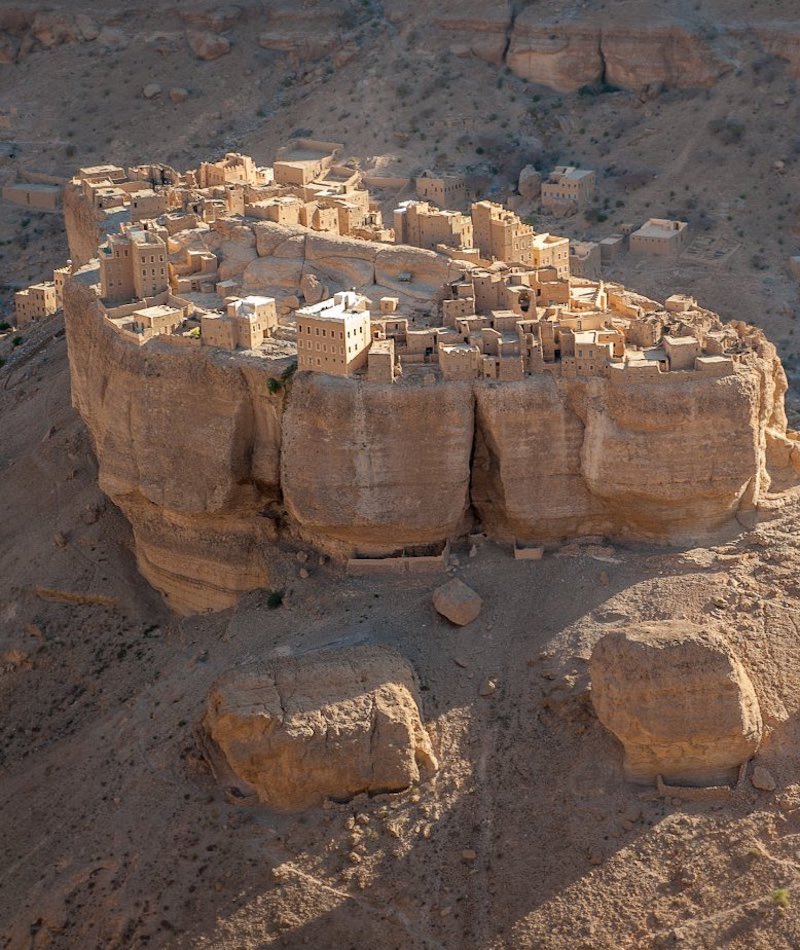
One of these days, I hope to see this 500 year-old ghost town, perched precariously on top of a giant rock, sitting in a canyon somewhere in Yemen. I’d also like to see the world’s oldest skyscraper city, known as Yemen’s “Manhattan of the Desert”. And then there’s that island off the coast that UNESCO considers to be the jewel of biodiversity in the Arabian Sea, described as “one of the most alien places on Earth”. In fact, there’s a growing number of places I’d quite like to see in Yemen one day when our Western governments aren’t advising that it would be safer to set foot into a burning ring of hellfire than on Yemeni soil. Forget the pandemic, according to any official website, under no circumstances are we to travel there while it’s still embroiled in Civil War with “a high threat of kidnap from armed tribes, criminals and terrorists”. Even Wiki Travel warns “attempts at independent travel are near suicidal”. So that does put a dampener on things. But it doesn’t make us any less curious about one of the least bucket-listed places on earth. If matters of war and worldwide pandemics (to name just a few) weren’t preventing us from discovering Yemen, what would await us in the home of the Queen of Sheba?
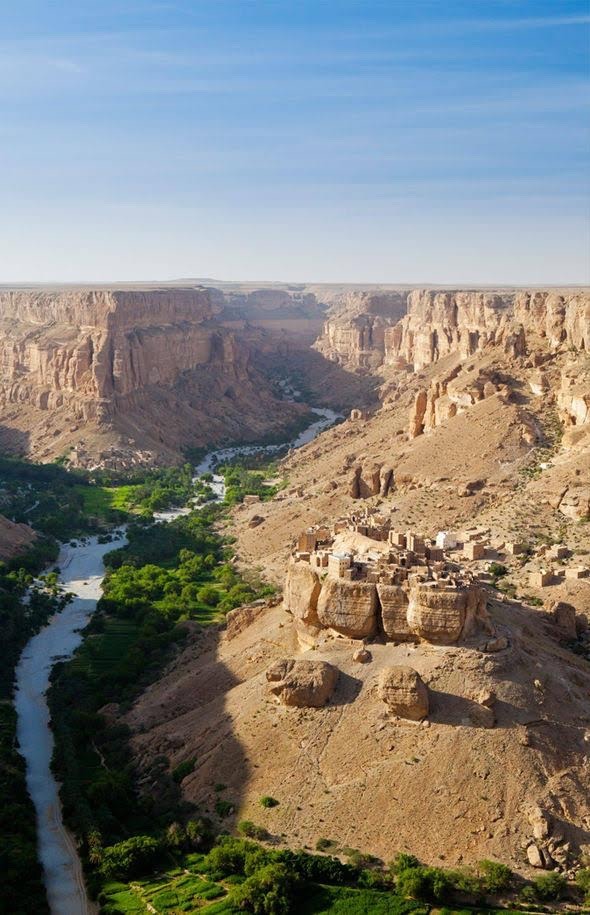
First up, and and as previously mentioned, a village built on top of a 350 foot boulder known as Haid Al-Jazil, located in a mostly deserted valley that looks like it could be the Grand Canyon, with a few less tourists. According to an Emirate news site, the village that was once home to hundreds of people, now only has 17 residents left, “all of them defying isolation, loneliness and some of the toughest topography”. Heavy rains, erosion and a lack of regular upkeep are the main cause of the desertion. A walk around the village would reveal most of the homes, which date back some 500 years, are in ruins.
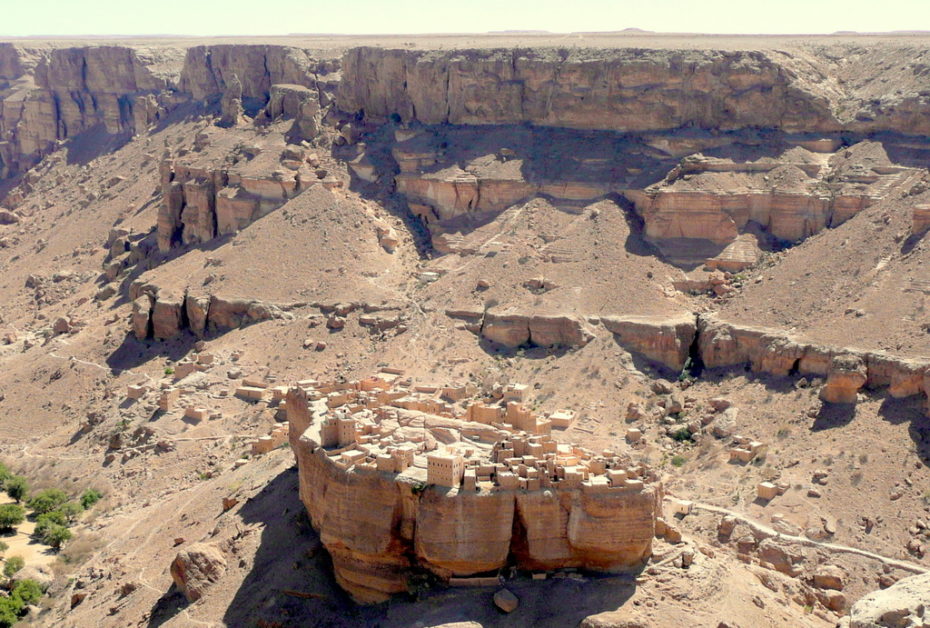
In 2008, a wealthy local businessman built a small resort of mud brick chalets to welcome tourists to the opposite side of the valley with views overlooking the town, but the hotel no longer seems to have a working website.
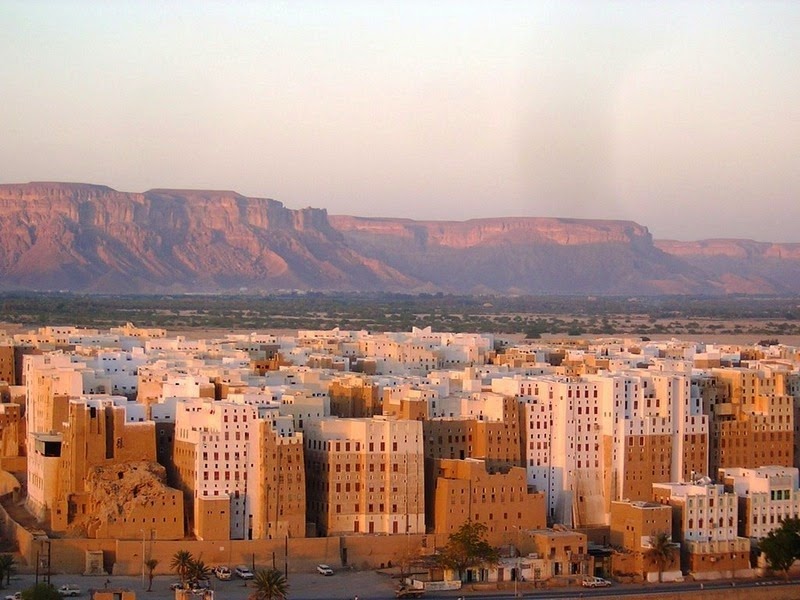
Moving two hours west – 16th century skyscrapers? This is Shibam, also known as “the Manhattan of the Desert”, only it’s about five centuries older. Some 500 tower blocks abruptly jutting out of the desert plateau. The early high-rise apartment buildings are all made out of mud brick, between five and eleven stories high. The city is a World Heritage site, currently listed by UNESCO as ““cultural heritage at risk” since the outbreak of the Civil War, and has some of the tallest mud buildings in the world.
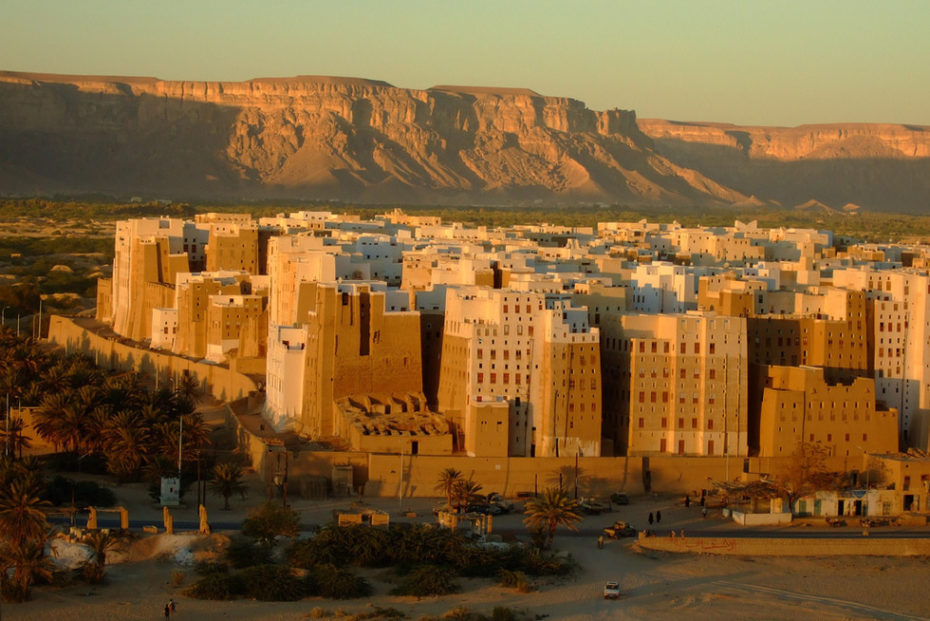

Yemen was also at the cradle of human civilization, an important overland trade link for Mesopotamia, the first known complex civilization that developed the first city-states in the 4th millennium BCE. It was in these cities that the earliest known form of writing, cuneiform script, appeared around 3000 BCE.
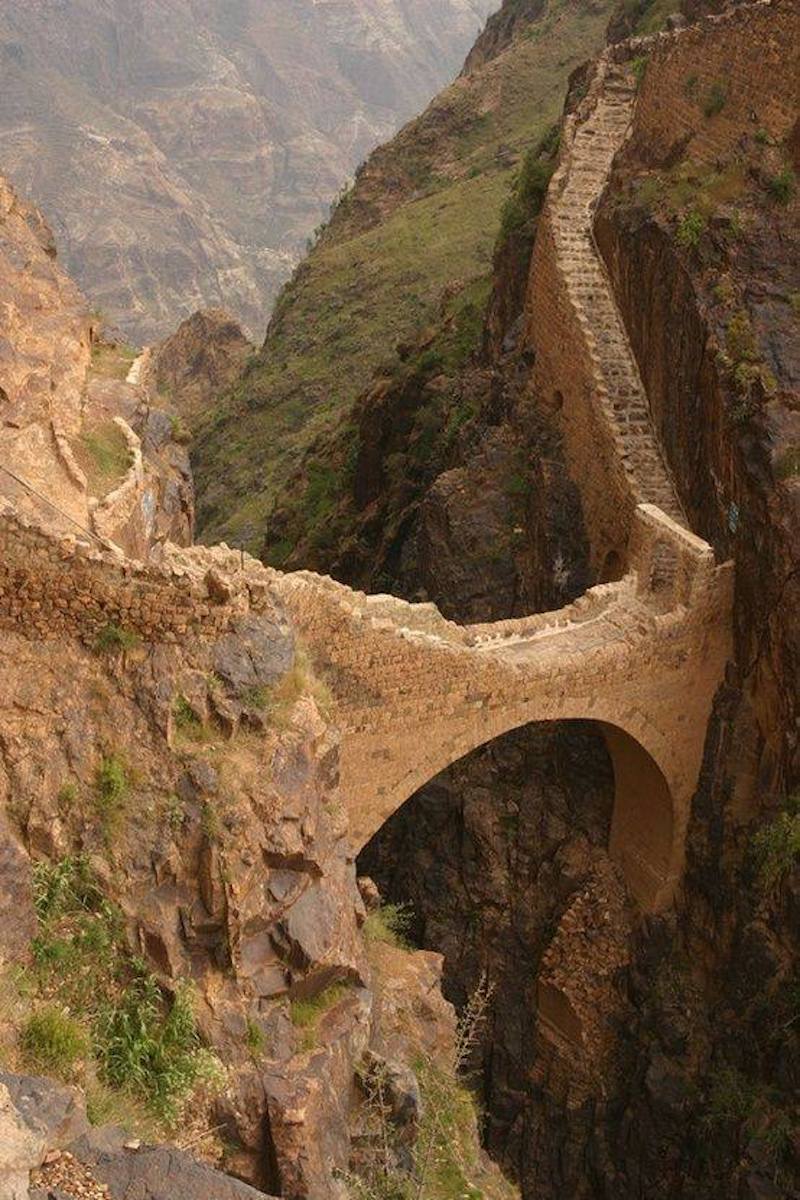
The Game of Thrones location scouts would have had a field day in Yemen. Take for example, this 17th century limestone arch footbridge across a deep gorge, built by a local lord to connect two villages sitting at 2600 metres on top of sharp mountains overlooking “bulging swells to the south and shimmering hot plains” as Lonely Planet put it back in 2010.
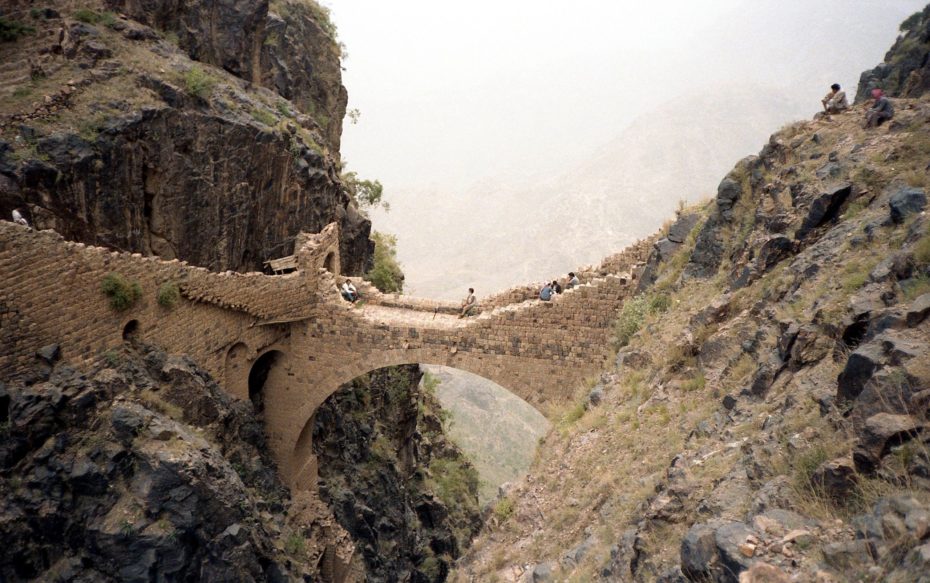
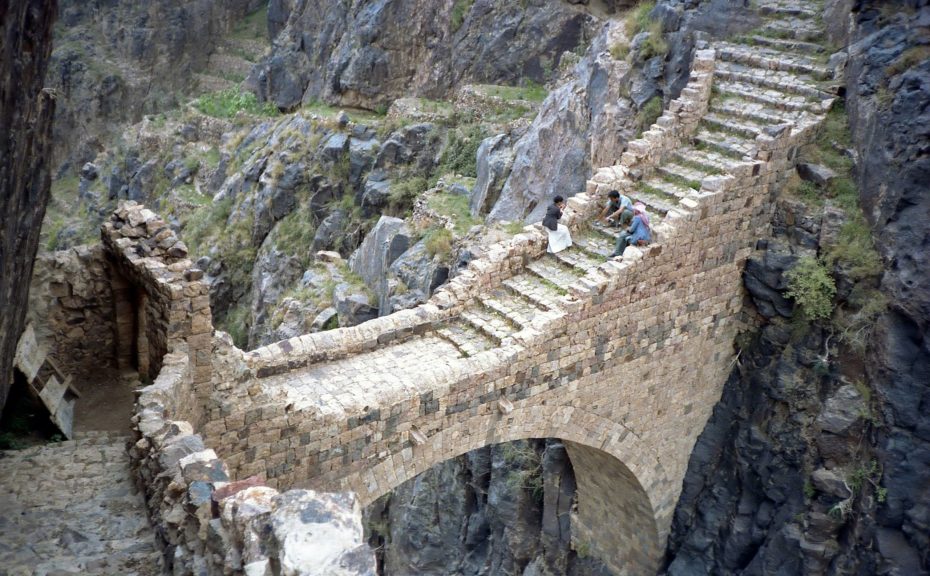
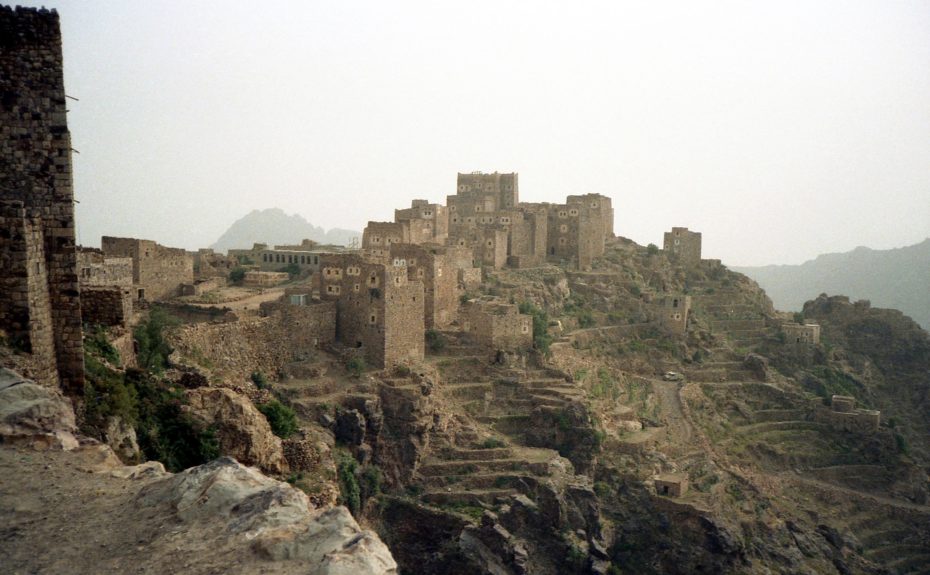
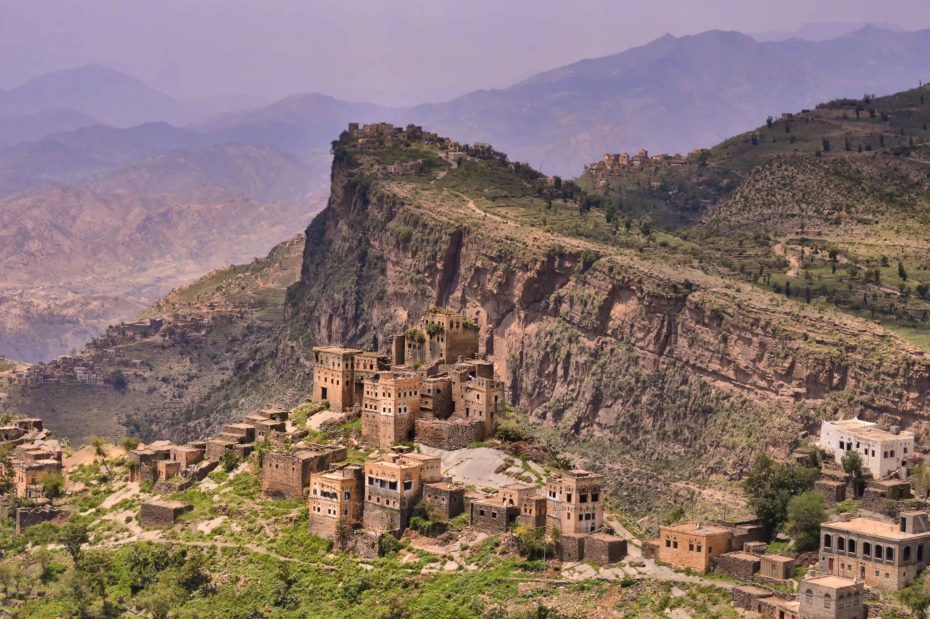
So if you haven’t caught on by now, the architecture you can find in the midst of Yemen’s breathtaking landscapes, is kind of spectacular and always surprising. Just when you think you’ve seen enough limestone though – there’s the Bugshan Khaila Palace, which just so happens to be a hotel (or at least it was before the Civil War)….
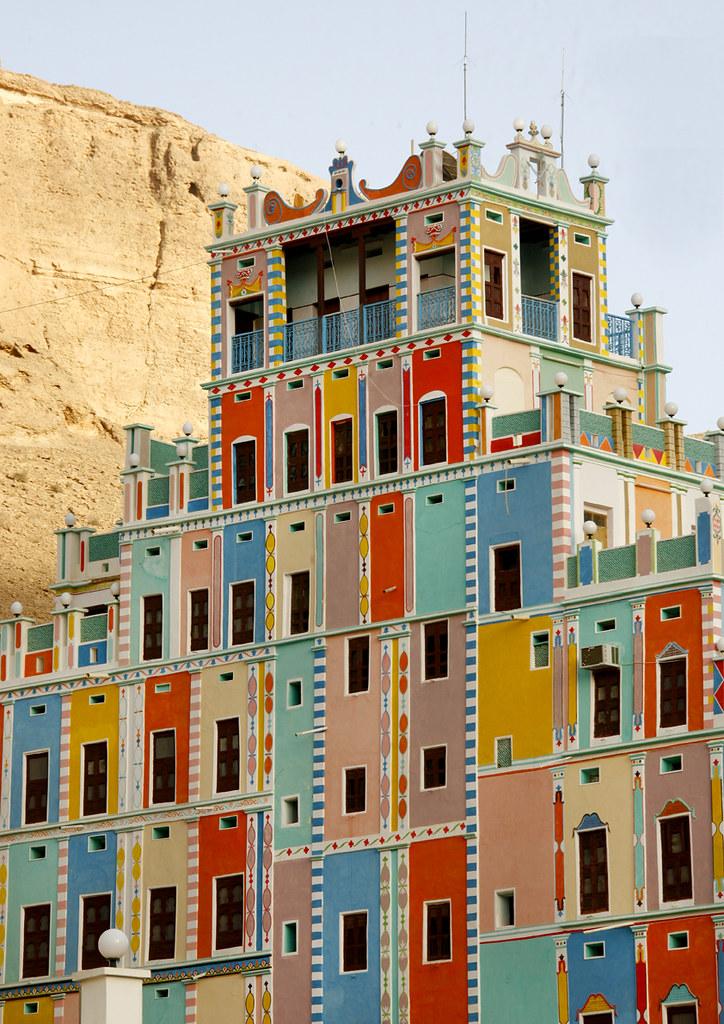
Legendary off-grid travel photographer, Eric Lafforgue, captured these images of the technicolour marvel in 2006 in Wadi Do’an, a town and desert valley in central Yemen:
“The place is apparently named after the local Sheikh Bugshan, a generous sponsor who built roads, schools and the sort of thing you would expect from a legitimate government. The most famous place in the area is maybe the Khailat Palace Hotel, painted in pastel colours, on a rather impressive scale. Since the return of its owner after a 20 year absence, this mud brick palace has become key to the revitalisation of the community around it. Its first and second floors provide hotel style accommodations for visitors and tourists, while its third floor is the base of the Khaylah Development Committee, which promotes investment in infrastructure. Built in the mid 1950s, the house had been virtually untouched for 46 years, yet hardly any structural work have been required.”
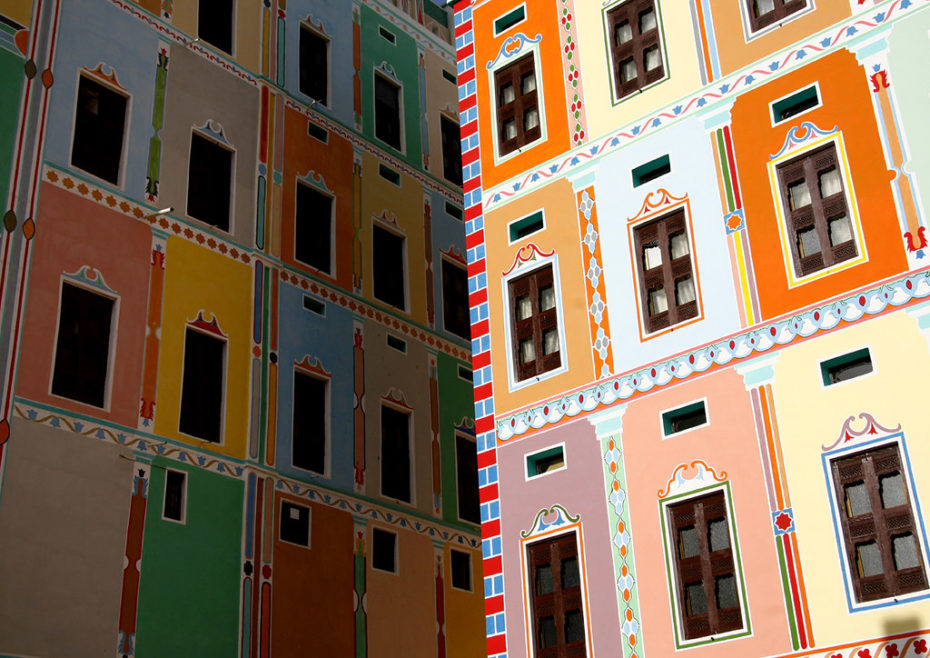
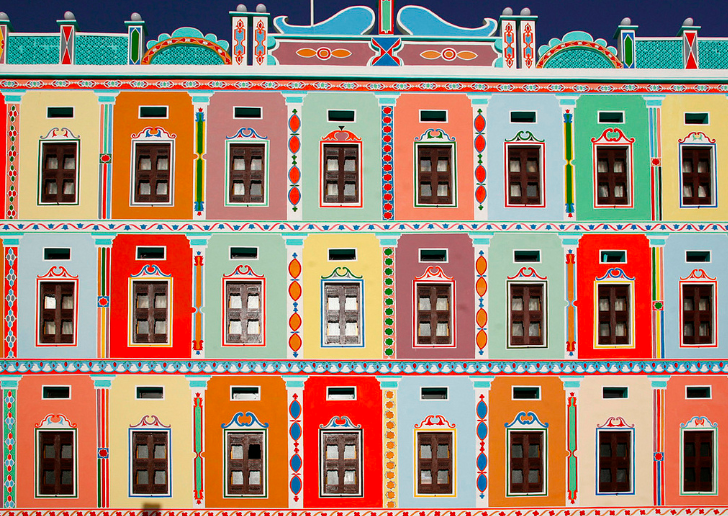
And then there’s, Sana’a, the largest city in Yemen and capital prior to the Civil War. Close to the border with Oman. it’s one of the oldest continuously inhabited cities in the world and at an elevation of 2,300 metres, it’s also one of the highest capital cities in the world. The Old City is another UNESCO World Heritage Site, which has sadly become part of the country’s ongoing battlefield, and was damaged by bombings in 2015.

Like the Skyscraper city in the desert, many of the houses in Sana’a resemble ancient skyscrapers, but they’re decorated with elaborate geometric friezes and intricately carved frames and stained-glass windows.
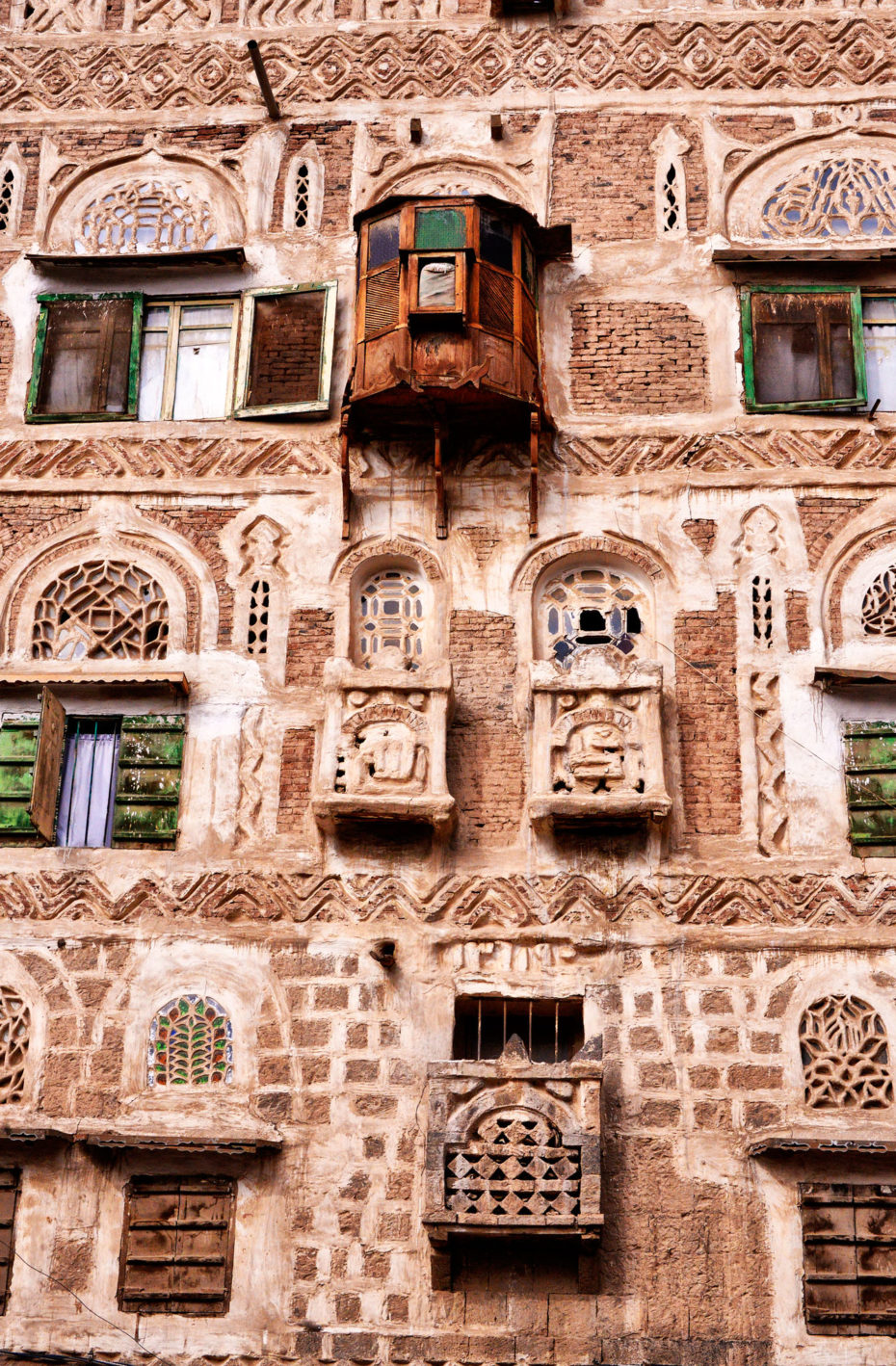
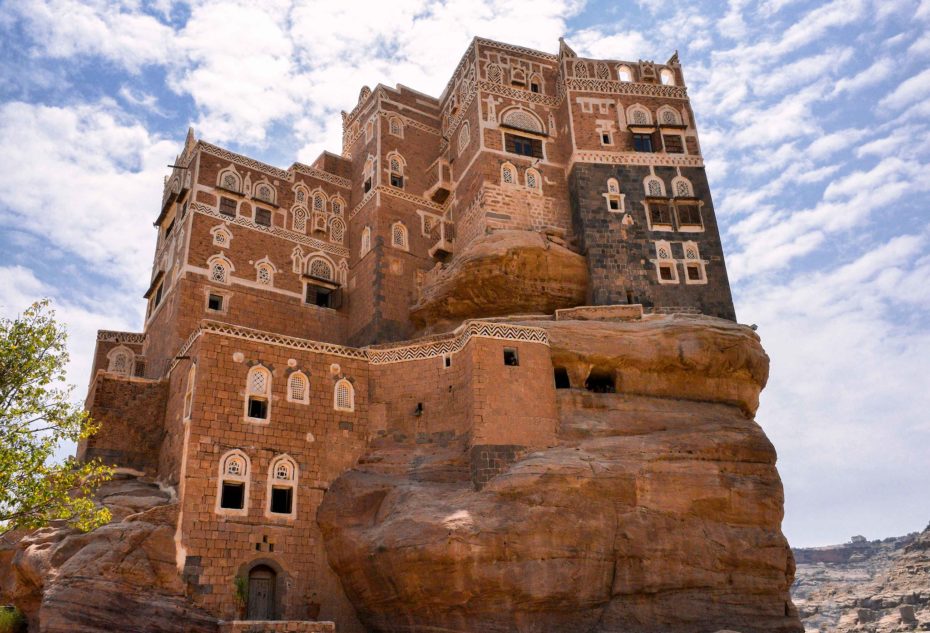
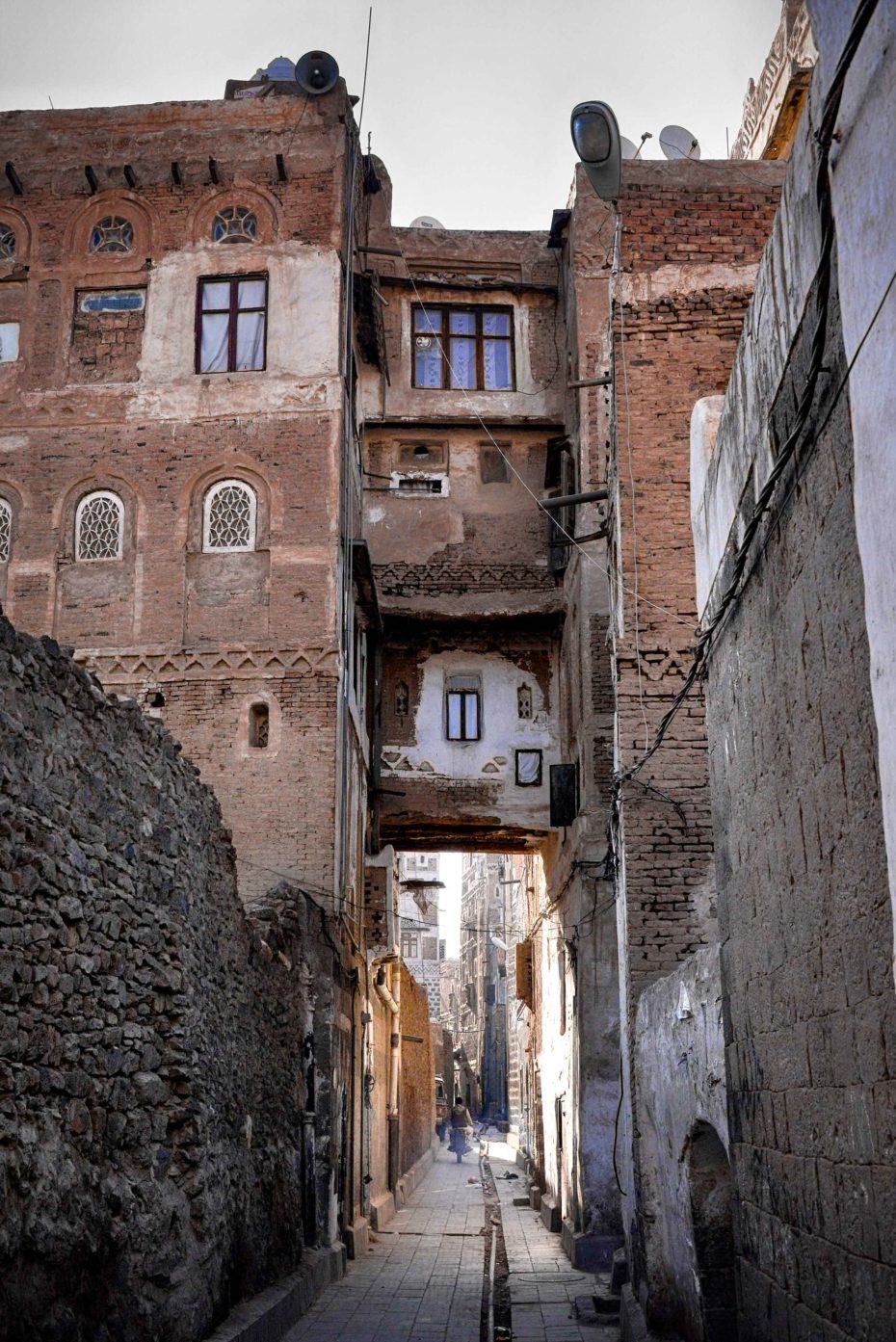

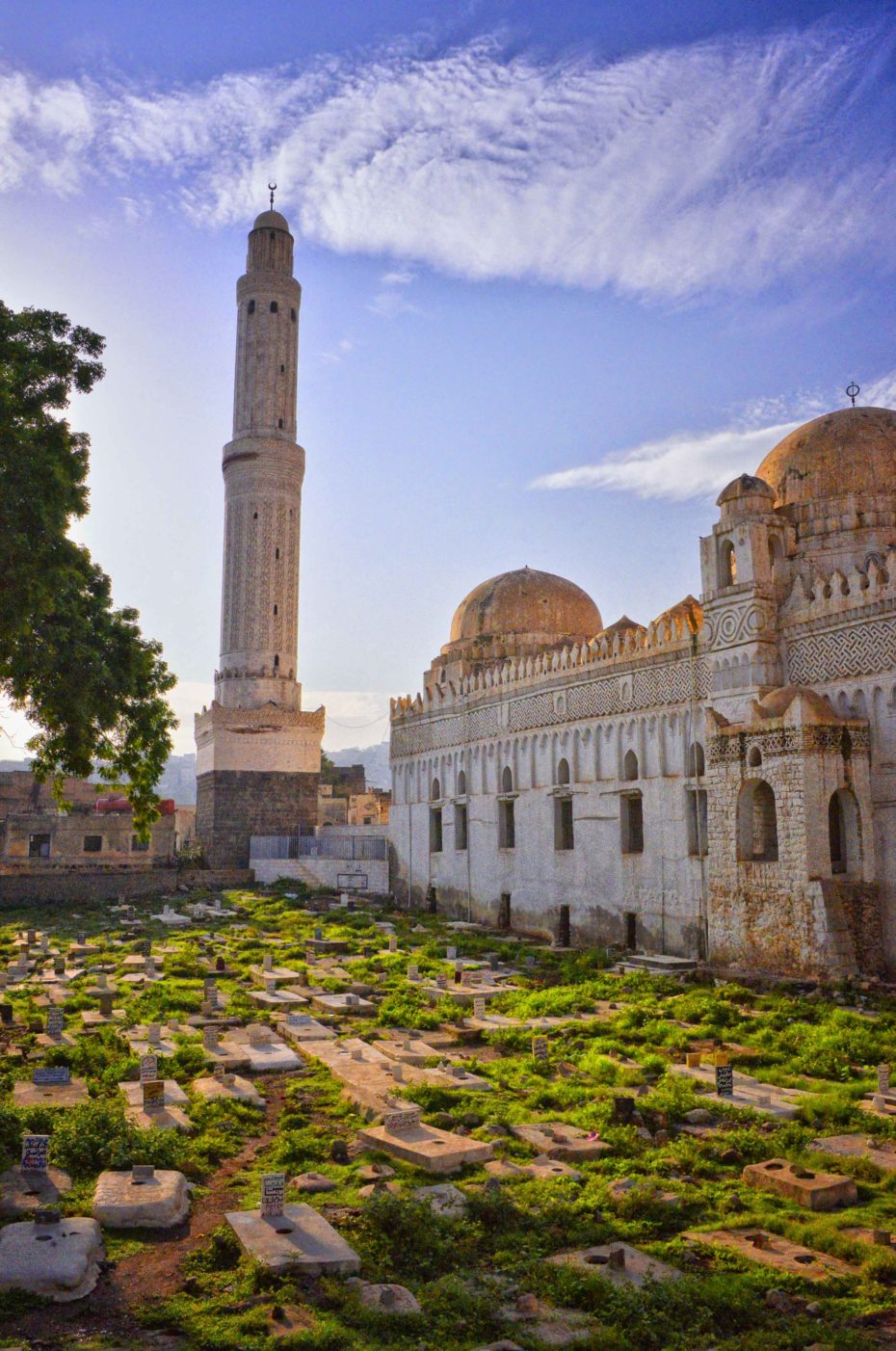
A strong case for the true location of the Hanging Gardens of Babylon?
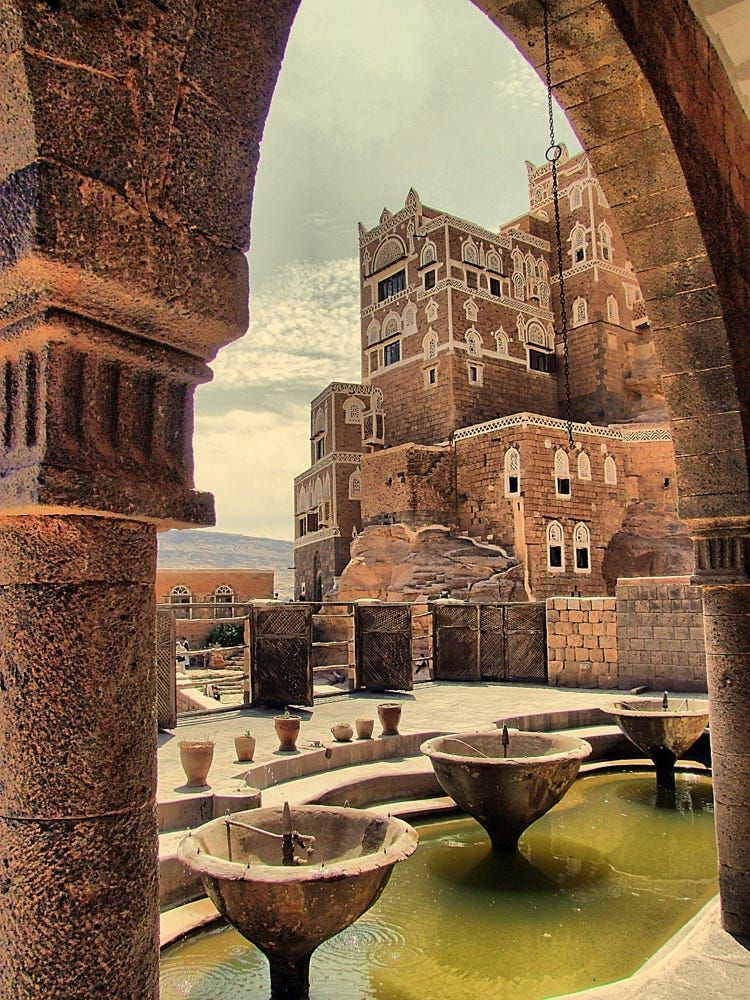
At the heart of the Old City, Ghumdan Palace is the world’s earliest palace and skyscraper, as well as three large hotels, restaurants, parks, the President’s palace and the National Museum of Yemen.
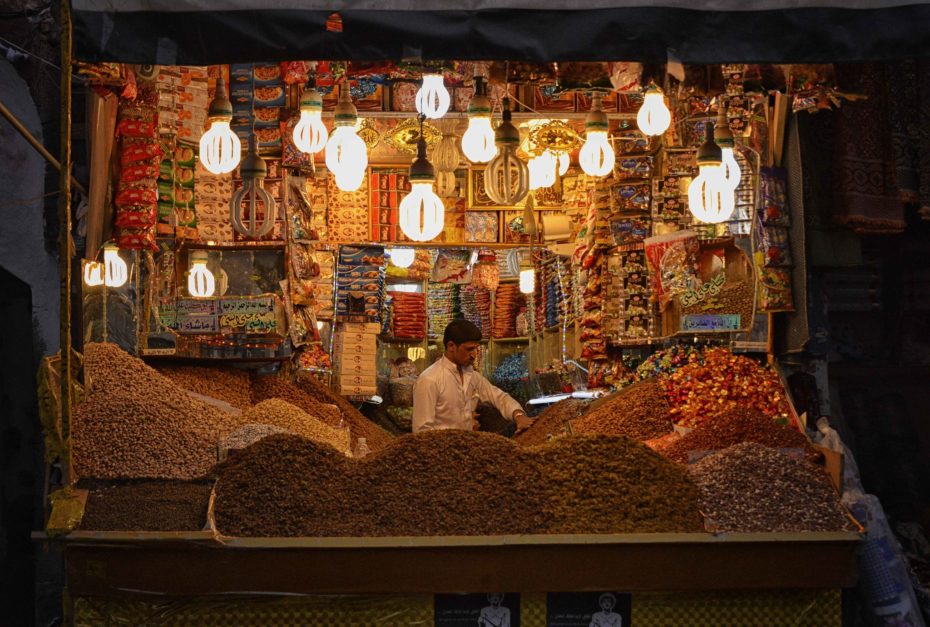
There’s also the famous Salt Market (Suq al-Milh) for bread, spices, textiles and antiques. One could even pick up a very special straw hat, unique to Yemeni women…
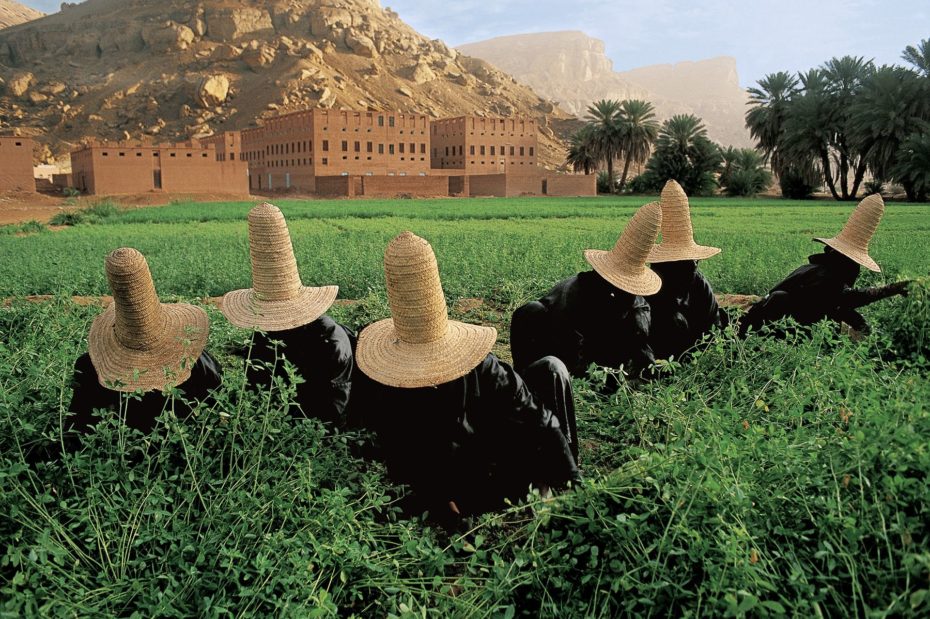
The master of photojournalism himself, Steve McCurry captured the above photograph of women working in the field wearing their traditional madhalla hat with a wide circular brim and a peaked top. As high as two feet tall, they’re designed to keep the wearer cool in hot temperatures, allowing air circulation within the hat.
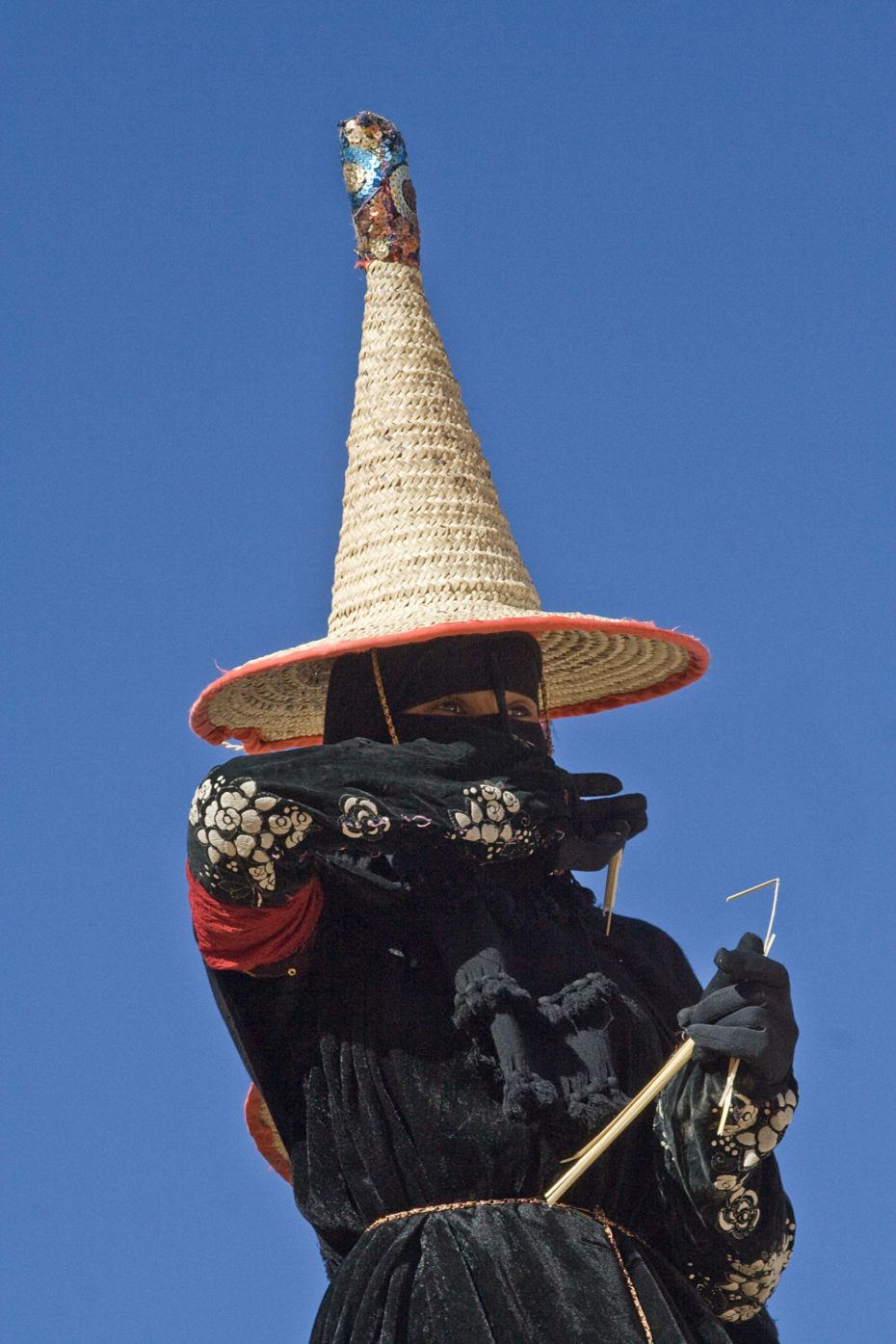
The hats are also worn by female animal herders over the black abaya and sometimes come in a pointed shape.
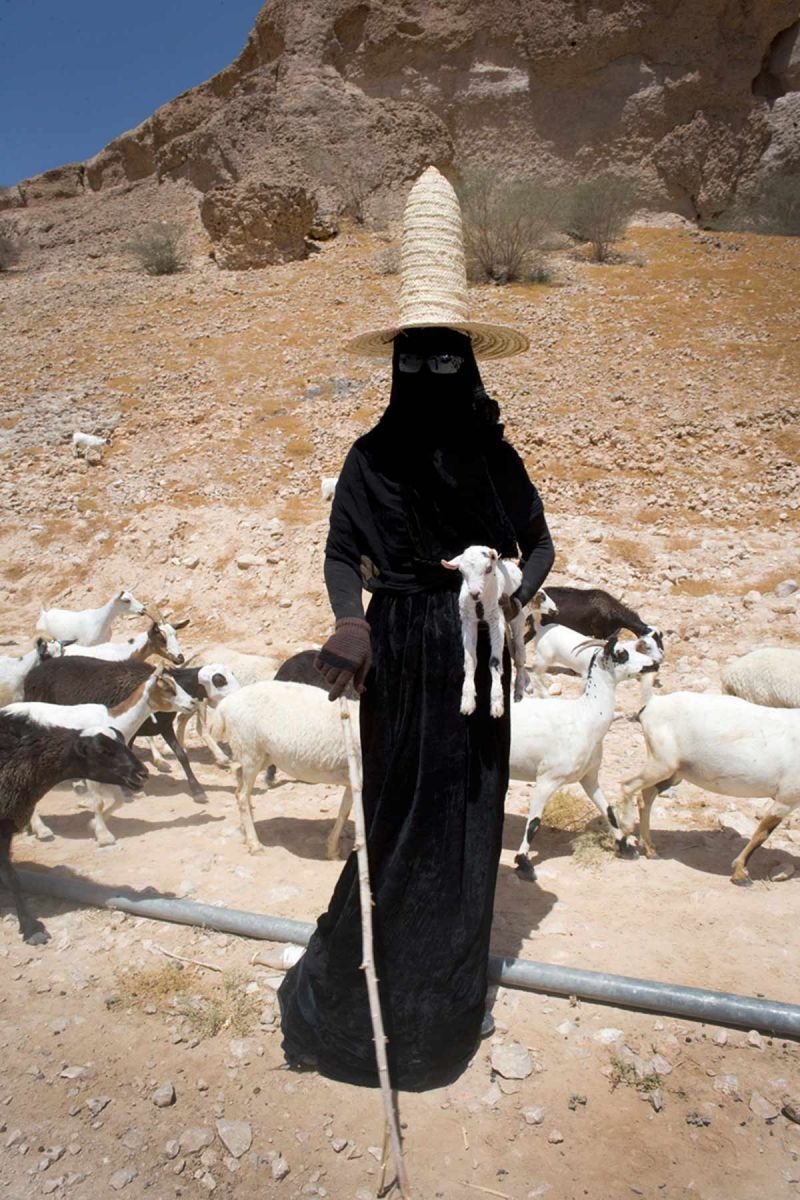
And what of the Yemeni people themselves?
In 2013, The Wandering Earl, aka Derek, took a trip to Yemen and details his experience on his blog. He explains why he chose Yemen here, and whether he found it safe in 2013 here (for both male and female travellers).
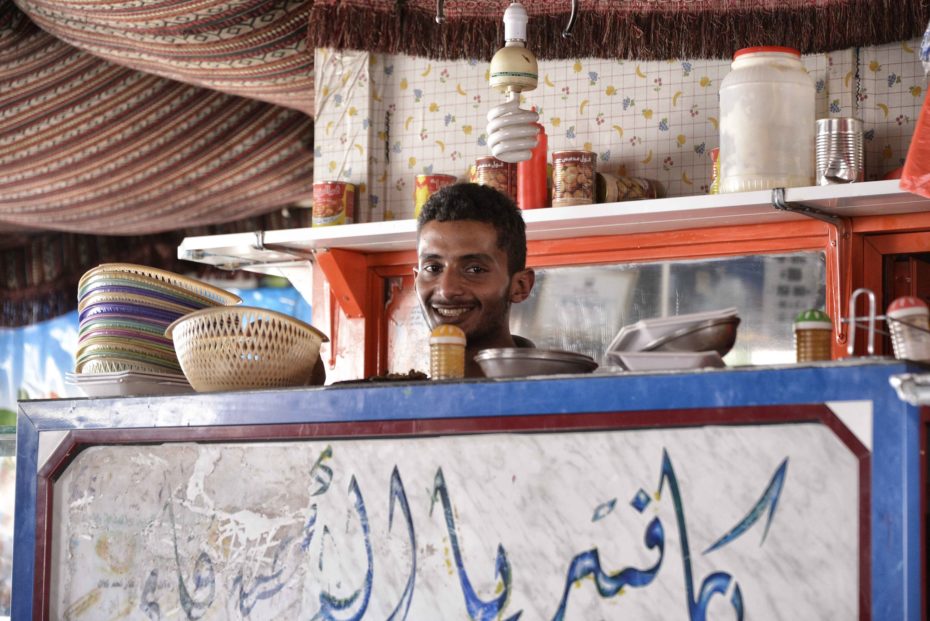
But to give you an idea of how Derek found Yemeni hospitality as an American traveller:
I heard not one negative reaction when I said I was from the USA, only extended hands and smiles. The number of invitations I received for meals, or even to spend the night at a local’s home, from people I only met thirty seconds before, were too many to count.
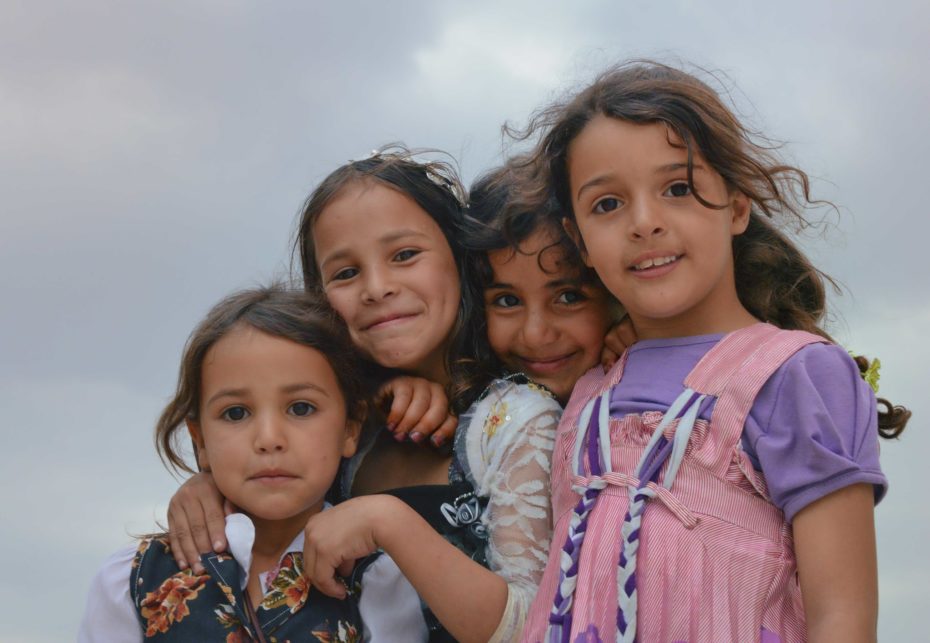
Since the Civil War began five years ago in 2015, reports estimate 100,000 people have been killed in Yemen, including more than 12,000 civilians, as well as 13 million more facing starvation in what the United Nations warned could become “the worst famine in the world in 100 years” as a result of the ongoing conflict.
As for a brief explanation of the war – I’ll do my best. On one side, you have the Hadi government, widely considered to be a puppet regime of neighbouring Saudi Arabia, backed by the United States. The other side is the Houthi armed movement, an anti-imperialist tribal alliance, thought to be backed and directed by Iran. ISIS has also been using the conflict to launch their own attacks against western-backed powers. In turn, Saudi Arabia led a highly criticised airstrike campaign of civilian and problem areas using US bombs. In 2019, the US senate passed a resolution to US support of Saudi Arabia, which was vetoed by President Donald Trump. According to reports, the UK has sold at least £5.7bn worth of arms to the Saudi-led coalition fighting in Yemen since 2015.
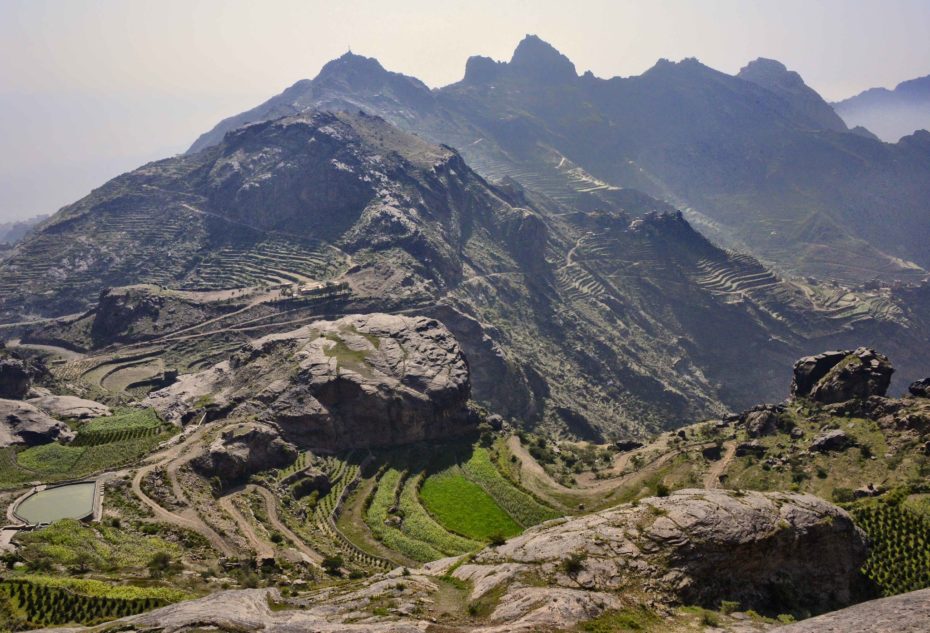
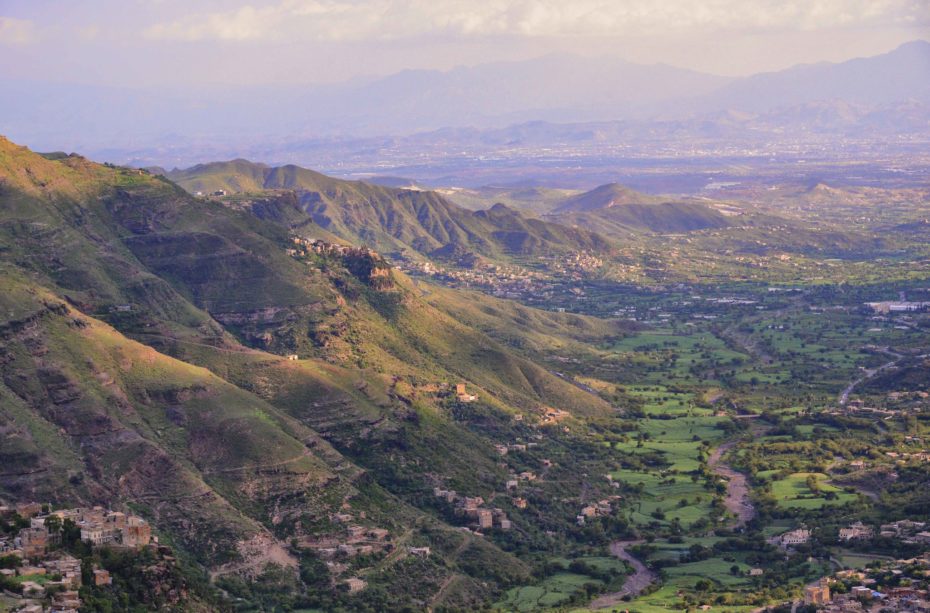
The exacerbated war, with numerous international players, has been widely seen as an extension of combatting Iranian influence in the region. Why don’t we hear about Yemen’s Civil War in the media as much as we hear about Syria’s? Good question. You can read up on more details via the Wikipedia page. The whole thing kind of stinks.
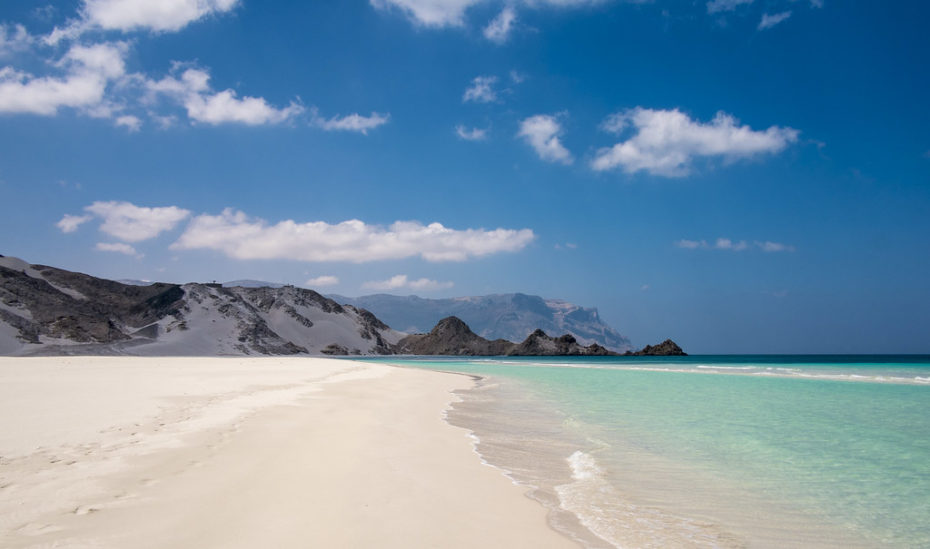
But to turn our attention back to the beauty of Yemen, there is one place that against all odds, is safe to travel – and it just so happens to be one of the most beautiful spots in the Middle East – the paradise island of Socotra. Somewhere in the Indian Ocean, between the Arabian Peninsula and the Horn of Africa, the island is very isolated, and prior to the airport being built in 1999, it could only be reached by cargo ship. From white sandy beaches to lunar landscapes, the UNESCO-recognised heritage site has been described as “the most alien-looking place on Earth.”
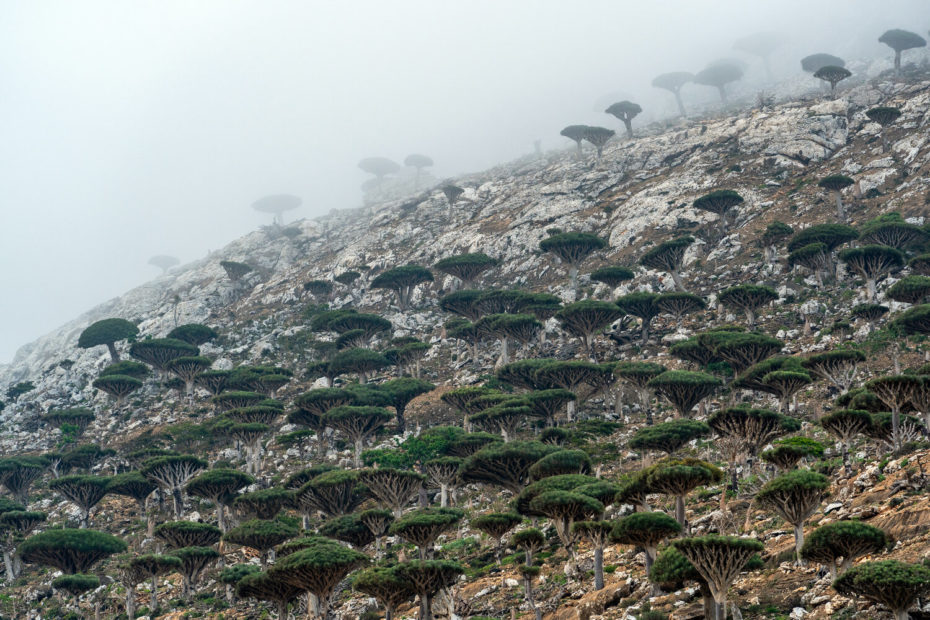
It’s home to the umbrella-shaped dragon’s blood tree, which produces a red sap that was believed to be the dragon’s blood of the ancients. The beaches are pristine and unspoilt, the coral reefs are incredibly diverse.
Aside from its natural beauty, Socotra is also “a living bank of archaic linguistic vestiges that pre-date Arabic and include Aramaic.” There’s an ancient tradition of poetry, that’s earned it the name: “island of poets”. A poetry competition is even held annually.
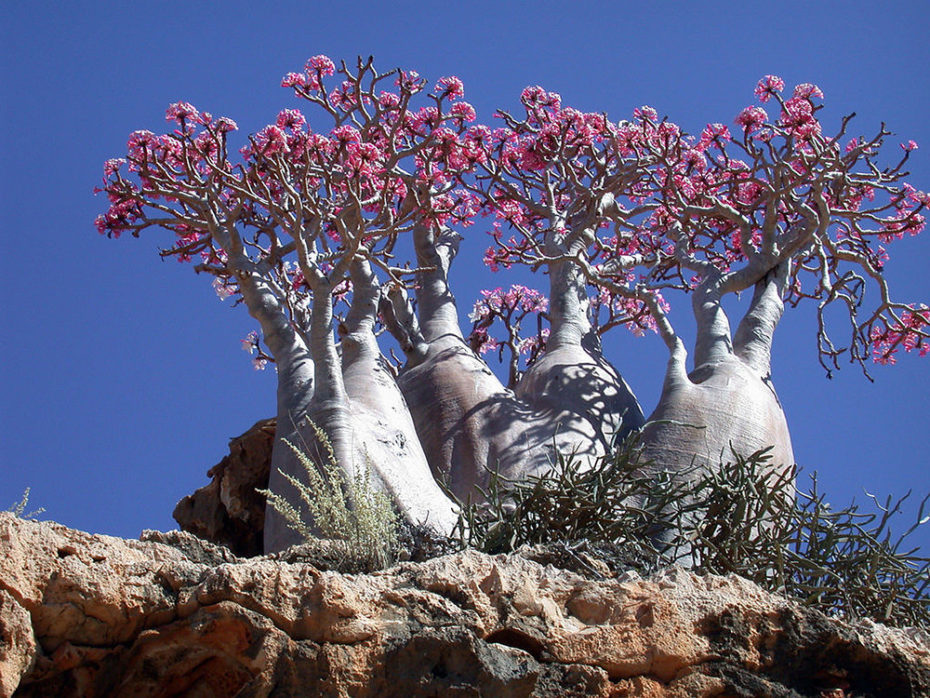
While politically a part of Yemen, the island of Socotra and its 50,000 indigenous inhabitants from the Al-Mahrah tribe, has for a long time, considered itself separate from mainland Yemen. What’s more, it is currently under the control of the United Arab Emirates and Saudi Arabia since its takeover in 2018. According to off-grid travel specialists, Inertia Network, Socotra is entirely conflict free. “This is not to say there haven’t been repercussions for the island due to the conflict in the mainland, it just means that these repercussions have not affected individual safety on the island”.
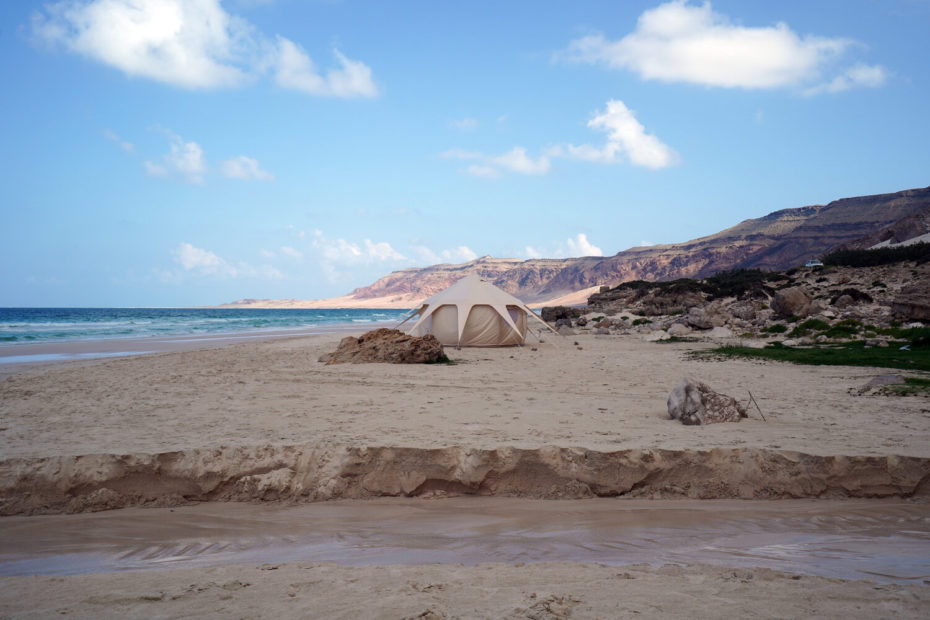
The island received over 1,000 tourists each year until 2014, but Civil War in the mainland has obviously brought down those numbers close to almost nil. Despite the lack of foreign interest and the island lacking well-established hotels, Inertia Network, a company creating new ecotourism initiatives and infrastructure in the region, insists travel to Socotra is entirely safe. “The people are friendly and hospitable, and while basic, there is enough infrastructure and supplies on the island to sustain locals and visitors alike”.
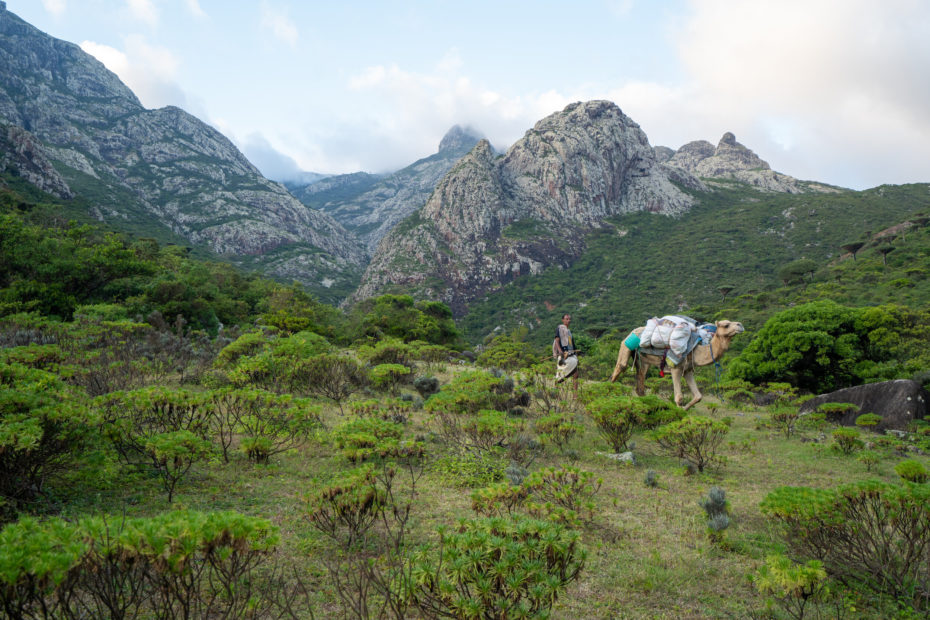
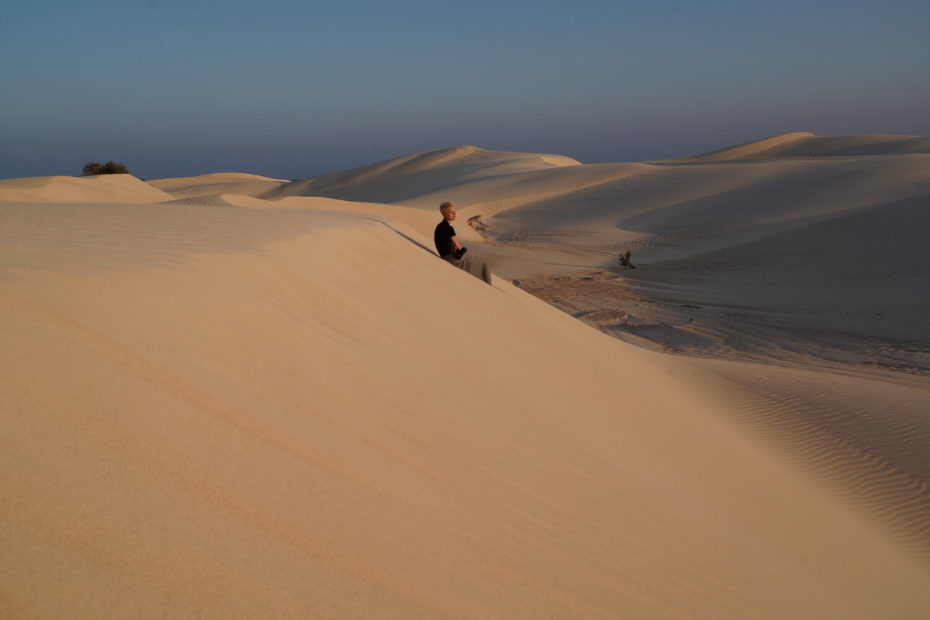
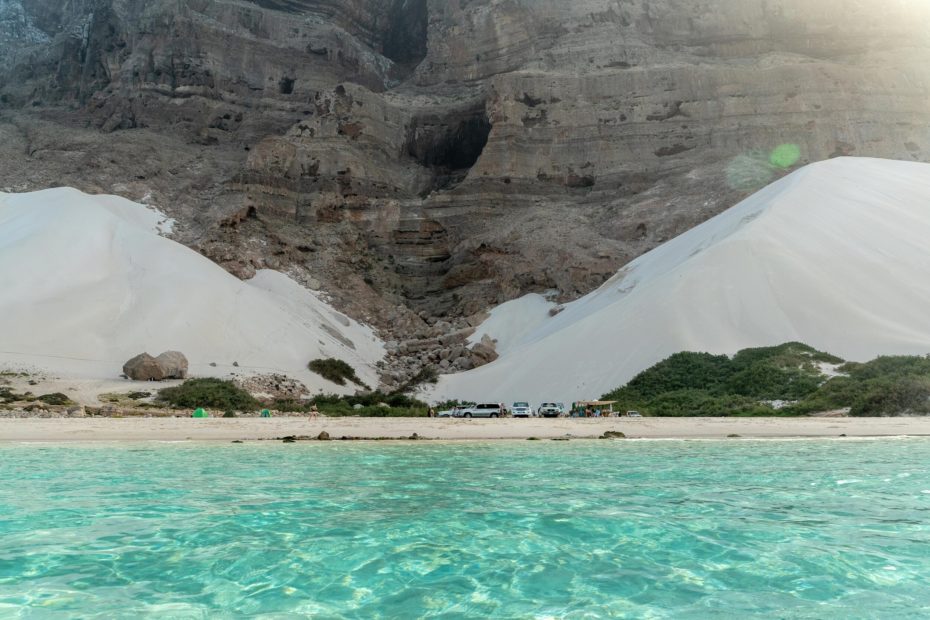
Itineraries can involve camping on the beach under the stars with views of a bioluminescent ocean, diving in crystal clear waters, rolling down untouched sand dunes, exploring marine wildlife in caves, chasing crabs, picnicking next to waterfalls, finding pieces of ancient pottery and glamping in the dragon’s nest. There is one commercial flight a week from Cairo to Socotra since 2018, and is currently the only means of accessing the island if not by cargo ship. You can get an overview of itineraries here and find Inertia’s complete travel guide to Soctora here.
You can also find the latest on travel safety in mainland Yemen with Inertia Network here.
Last but not least for our Yemen adventures, don’t forget there’s always the house where Chandler Bing from Friends stayed when trying to escape his girlfriend Janice…
I would like to be able to say this post has been sponsored by the Yemeni tourism board, but unfortunately, I’m not sure it really exists at this time.



